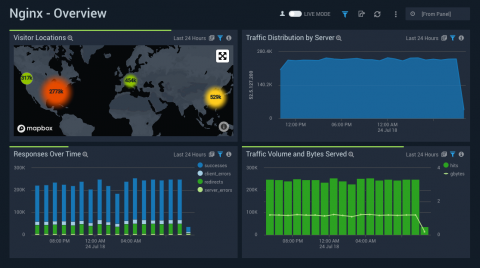The Road to Agile IT is Paved with Containers
The holy grail for any CMO looking for their next gig is to find the perfect combination of addressable market, market timing, company, and product. That’s why I am so excited to be joining the team at Rancher Labs, the leader in container management software. Let’s look at all the variables.











